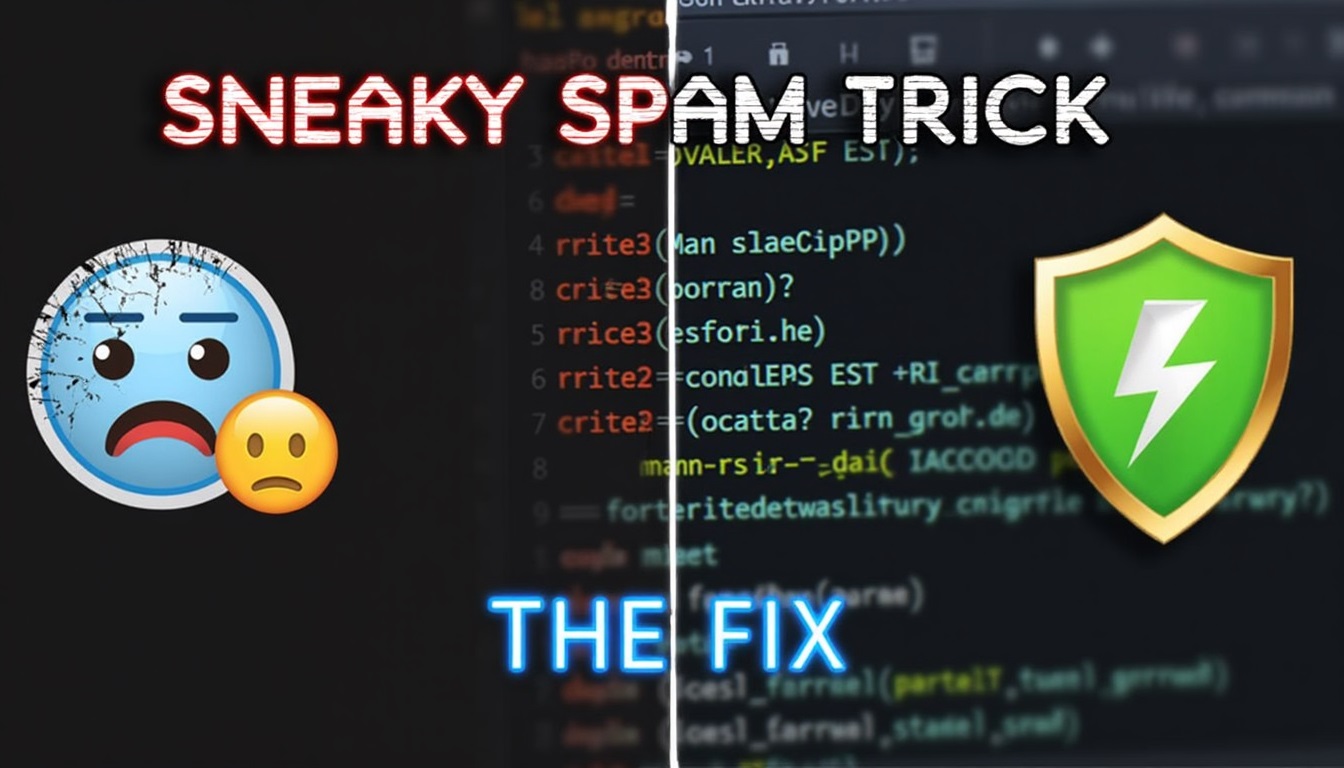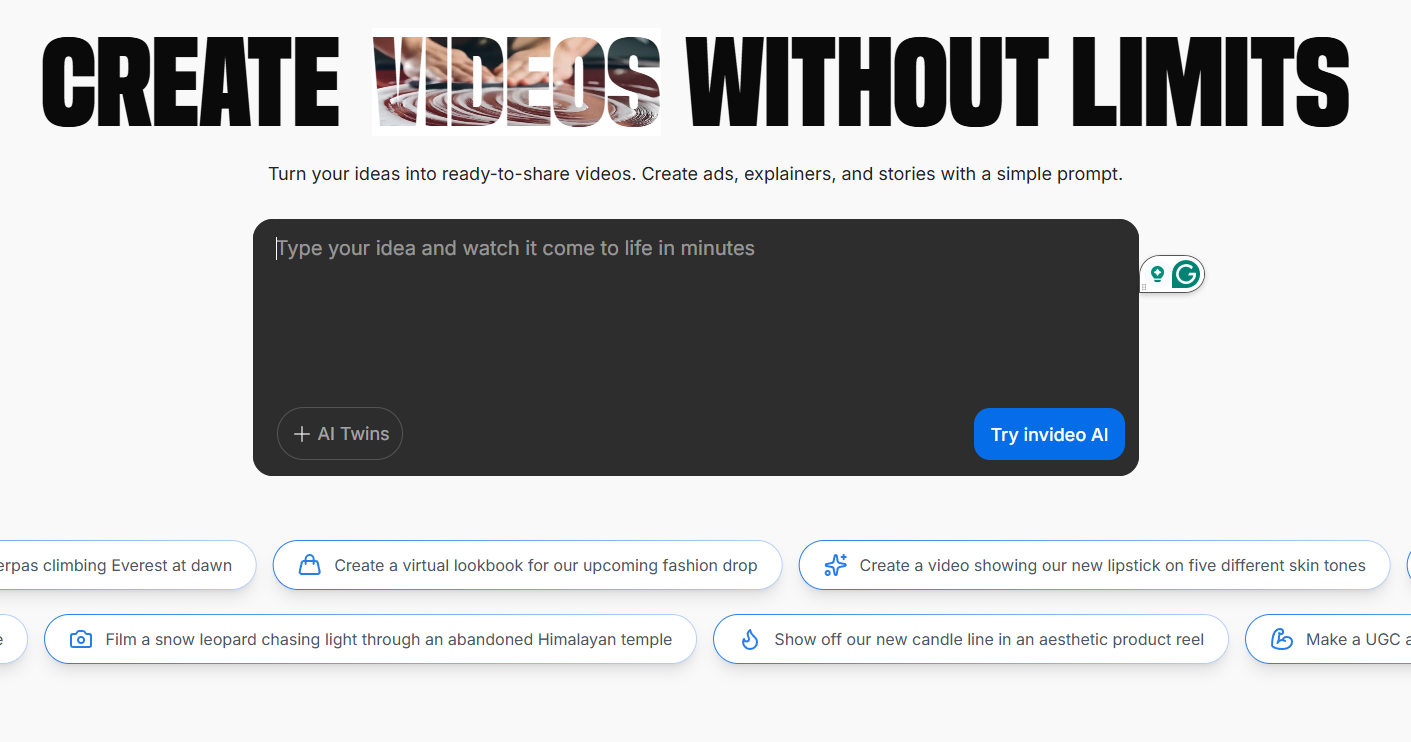Examine XRPL and Stellar (XLM), two blockchain technologies that are enhancing digital payments and decentralized finance (DeFi) in the financial industry with their scalable and regulatory-compliant frameworks.
Key Takeaways
Jed McCaleb co-founded both XRPL and Stellar, with XRPL specifically aimed at promoting institutional adoption.
The XRPL is a rapid blockchain designed for international transactions involving banks and businesses, and it operates on XRP.
XLM serves as the native cryptocurrency of the Stellar network, which is designed for payment processing and transactional functionalities.
The XRPL can handle as many as 1,500 transactions per second with minimal transaction fees, while Stellar typically processes around 91 transactions per second and is also cost-effective and energy-efficient.
The roadmap for XRPL features compatibility with the Ethereum Virtual Machine and focuses on institutional decentralized finance, whereas Stellar is concentrating on increasing its adoption and the utilization of real-world assets.
Introduction
Cryptocurrencies have played a significant role in promoting the decentralized finance (DeFi) movement since Satoshi Nakamoto launched Bitcoin (BTC) in 2008, and their expansion has also sparked interest in traditional finance (TradFi).
Bank transactions can be costly and take a lot of time, which is driving the interest in cryptocurrencies to speed up transfers between financial institutions. Additionally, cryptocurrencies enable international payments without being restricted by geographic boundaries, reducing government involvement in financial transactions.
Software engineer Jed McCaleb has focused his career on developing cryptocurrencies for the finance industry. In June 2012, he co-established Ripple Labs, a technology company based in the United States, where he contributed to the creation of the XRP Ledger (XRPL), a decentralized public blockchain that offers digital asset infrastructure for financial services.
In 2014, McCaleb departed from Ripple to establish Stellar, a blockchain initiative aimed at improving economies through remittances and providing bank loans to people without access to banking services. Both projects have formed significant partnerships with major financial institutions and prioritize real-world applications.
XRPL and Stellar have a co-founder in common and share similar missions, making them direct competitors.
Let’s examine the two cryptocurrency projects that aim to address practical applications in the financial sector.
Key Differences Between XRPL and Stellar
XRP Overview
Ripple links financial institutions, payment processors, exchanges, and businesses to enable seamless global money transfers. The company was established in June 2012 by Jed McCaleb, Arthur Britto, and David Schwartz, who also developed the XRPL blockchain to facilitate real-time cross-border payments while adhering to regulatory standards.
Ripple does not own or control the XRPL; instead, it develops applications on the platform to assist clients in the finance industry in creating digital asset infrastructure and participating in tokenization.
The co-founders of Ripple developed the XRPL to enable efficient payments, featuring low transaction costs and payment settlements that take between three to five seconds. Ripple is also actively pursuing collaborations and connections with financial institutions such as BBVA Switzerland, DZ Bank, and LemonWay.
The introduction of RippleNet in 2019 combined three previously existing Ripple products: xCurrent, which is a real-time payment settlement system; xRapid, which provides liquidity; and xVia, which is an API for payments.
The global network of financial institutions and payment service providers utilizes blockchain technology to enable quick, efficient, and affordable cross-border transactions.
RippleNet promotes seamless interoperability, making it easier to facilitate cross-border payments.
Take a look at the current price of XRP and its recent price movements.
Stellar Overview
Stellar is a public, decentralized blockchain that provides developers with tools to create experiences that resemble cash transactions rather than cryptocurrency.
Its applications integrate with current financial systems, featuring a worldwide network of on and off-ramps to simplify conversions between fiat and cryptocurrency. Stellar aims to offer financial services to unbanked and underbanked communities in developing nations, utilizing lumens (XLM) as the native cryptocurrency to ensure liquidity within the network.
In 2013, Jed McCaleb stepped away from his active involvement with Ripple. He teamed up with former attorney Joyce Kim and Stripe CEO Patrick Collison to launch Stellar and the non-profit Stellar Development Foundation (SDF) in 2014, followed by a for-profit branch named Lightyear in 2017.
McCaleb also established several key partnerships for his new venture, such as with MoneyGram, Circle, and Fireblocks.
Stellar initially started with a consensus mechanism similar to the one McCaleb created for the XRPL, but the network transitioned to the Stellar Consensus Protocol (SCP) in November 2015.
SCP is a consensus mechanism based on Proof of Agreement, in which validators gain the trust of their peers so that their votes hold significance.
Take a look at XLM’s current price and its recent price trends.
Ecosystem Comparison: XRP vs XLM
1. Consensus Mechanisms
The XRP Ledger (XRPL) operates using the XRP Ledger Consensus Protocol, which relies on a Federated Byzantine Agreement (FBA) framework. Anyone is eligible to become a validator on XRPL, and both Ripple and the XRP Ledger Foundation maintain their own lists of trusted validators known as Unique Node Lists.
Achieving consensus necessitates that at least 80% of all active validators agree on a transaction, providing a degree of flexibility in transaction validation while maintaining network performance.
Stellar’s SCP employs an FBA algorithm as well; however, it does not utilize a UNL equivalent. Instead, new validators select existing validators that they trust, forming a group to reach consensus before adding transactions to the ledger.
This consensus mechanism is notably different from Proof of Work (PoW) protocols, which rely solely on computing power, and Proof of Stake (PoS) protocols, where the wealthiest participants can essentially purchase influence through their stakes.
The SCP operates efficiently because validators only have to interact with one another instead of competing to solve intricate puzzles.
2. Scalability
Scalability represents a major challenge for all cryptocurrencies. The XRPL is capable of handling up to 1,500 transactions per second, with suggested improvements that could boost this number to 50,000 or higher, allowing it to manage increased transaction volumes during periods of network congestion.
Transaction fees on the XRPL remain low even during peak times. Additionally, XRPL is environmentally friendly because its consensus method does not rely on mining to provide security, scalability, and decentralization.
Stellar processes around 91.28 transactions per second (tps) and has a theoretical maximum of 1,137. The network features very low transaction fees, typically just a small fraction of a penny, and consumes only 0.173 watts of electricity for each transaction, which greatly enhances the scalability of XLM.
Comparison of Tokenomics and Utility: XRP versus XLM
Tokenomics
XRP has a capped supply of 100 billion tokens that cannot be inflated, and it does not undergo mining or continuous issuance. By 2025, around 59.13 billion XRP are in circulation, while the majority of the remaining tokens are stored in escrow accounts managed by Ripple. These accounts periodically release XRP into the market, supplying Ripple with the funds needed for ecosystem growth and collaborations.
Every transaction conducted on the XRPL results in the burning of a small quantity of XRP, which gradually decreases the overall supply. XRP mainly serves as a bridge asset for international payments, providing liquidity and covering transaction fees. The token does not allow for staking or governance at the protocol level, with allocation decisions being determined by Ripple Labs and the XRP Ledger Foundation.
XLM has a fixed supply that does not increase over time, currently limited to 50 billion tokens following a significant supply reduction in 2019. All tokens were issued at the beginning, without any mining or continuous inflation.
By mid-2025, approximately 31.1 billion XLM will be in circulation, with the SDF owning most of the non-circulating tokens designated for ecosystem grants and development incentives.
Similar to XRP, XLM uses a fee-burning system where a small portion of XLM is eliminated with each transaction, gradually lowering the total supply. XLM is necessary for transaction fees, maintaining minimum account balances, and serves as a bridge asset for payment and asset creation.
There is no staking or governance on the blockchain; the SDF manages the distribution and development to promote the expansion of the network and enhance financial inclusion.
Utility
XRP mainly serves as a bridge currency to facilitate quick and inexpensive international payments and settlements for banks and payment service providers.
It supports Ripple’s On-Demand Liquidity (ODL) service, allowing institutions to access liquidity instantly without the need to pre-fund accounts. Additionally, XRP is necessary for paying transaction fees related to transfers, DeFi, and non-fungible token (NFT) transactions on the XRP Ledger. Although XRP cannot be used for staking, its usefulness is strongly linked to institutional adoption, stablecoin settlements, and the development of new enterprise applications.
XLM is required for transaction fees within the Stellar network and serves as a bridging asset for currency conversions on the blockchain.
Additionally, it enables the transfer of stablecoins, operations of decentralized exchanges (DEX), and DeFi protocols that are based on Soroban smart contracts.
Finally, XLM serves purposes such as making payments, facilitating remittances, and tokenizing real-world assets. The token’s usefulness is closely connected to the activity on the network, as each transaction on Stellar necessitates the use of XLM.
Other Real-World Use Cases
Prominent traditional banks, financial technology companies, and payment processors have adopted XRP for purposes like immediate cross-border transactions, facilitating on-demand liquidity for managing treasury operations, and conducting internal fund transfers between their subsidiaries.
XRP is increasingly being utilized for the tokenization of real-world assets (RWAs), including real estate, commodities, and initiatives related to Central Bank Digital Currency (CBDC). By 2025, XRP futures and investment products were introduced on regulated exchanges, and the debut of Ripple’s RLUSD broadened XRPL’s functionality to encompass stablecoin settlements and the transfer of tokenized assets.
XLM is broadly utilized for effective and accessible financial solutions that extend beyond cryptocurrency speculation. By collaborating with PayPal, MoneyGram, and Mastercard, XLM facilitates cash-to-crypto conversions, stablecoin transfers, and peer-to-peer payments in more than 180 countries.
Organizations such as the United Nations High Commissioner for Refugees (UNHCR) utilize the network to provide humanitarian assistance in areas affected by conflict. Stellar supports tokenized money market funds (like Franklin Templeton’s OnChain Fund), facilitates real-time trade financing (through Palago Labs), and enables stablecoin transactions (including USDC, EURC, and PYUSD).
The introduction of Soroban smart contracts has opened up new possibilities in DeFi, NFTs, and on-chain identity applications, drawing the interest of developers and institutions in search of scalable and compliant financial infrastructure.
Key Pricing Moments
Cryptocurrencies are well-known for their price fluctuations, influenced by aspects like social media discussions, broader economic trends, and global news events. Below is a concise timeline of price movements for XRP and XLM.
XRP — Key Price Events
DateKey Event
Aug 2013XRP was initially made available to the public at a price of $0.00589, and its value remains fairly stable during the early stages of its existence.
Jan 2018XRP achieved an all-time high of $2.97 after the cryptocurrency bull market in 2017.
Dec 2020The price of XRP drops below $0.30 after the U.S. Securities and Exchange Commission (SEC) initiates a lawsuit against Ripple and two of its executives, asserting that XRP is a security. Ripple refutes this claim, leading to an extended legal conflict.
April 2021XRP climbed to $1.77 during the 2021 cryptocurrency bull market, even with the SEC’s lawsuit against Ripple still in progress.
Dec 2024XRP surged to $2.25, marking a rise of more than 370%, after Republican Donald Trump won the 2024 US presidential election.
Trump appointed Paul Atkins, a more crypto-friendly candidate, to replace SEC chairman Gary Gensler, which boosted optimism that the SEC might abandon its legal case against Ripple.
XLM — Key Price Events
DateKey Event
2014Stellar initiates with an initial coin offering (ICO), securing $39 million and introducing 100 billion lumens to the market.
Jan 2018XLM hits its all-time high of $0.8299 following an announcement of a partnership between Stellar, IBM, and KlickEx aimed at enabling cross-border banking transactions in the South Pacific area.
Nov 2019Stellar has burned more than 50 billion XLM following a decision by the XLM community to end inflation. This increased scarcity leads to a price surge of over 25% within 48 hours, although it quickly returns to earlier levels.
March 2020XLM experiences a decline of around 33% in value ($0.042) due to persistent concerns regarding the global economy amid the COVID-19 pandemic.
Feb 2021During the 2021 cryptocurrency bull market, XLM achieved a price of $0.55, marking a 310% rise since the start of the year.
Progress and Plans: XRPL Compared to Stellar
XRPL’s Roadmap
Ripple’s plan for the XRPL involves multiple enhancements aimed at creating a blockchain framework that prioritizes compliance and interoperability, catering to institutional-grade decentralized finance (DeFi).
Key components consist of on-chain credentials to enable permissioned domains and decentralized exchanges (DEXs), enhanced programmability, a sidechain compatible with the XRPL Ethereum Virtual Machine (EVM), a lending protocol that provides credit-based decentralized finance (DeFi) solutions for financial institutions, and multi-purpose tokens (MPTs) that connect fungible assets with non-fungible tokens (NFTs) to more effectively represent financial products on the blockchain.
These features need to receive approval from the XRP community and will be released in phases, although there are no specific dates provided at this time.
Stellar’s Roadmap
Stellar’s plan focuses on four key objectives referred to as ‘North Stars’:
Open participation drives innovation
Daily financial services take precedence.
Trust enables adoption
Results-driven execution
Stellar characterizes the XLM network as fully equipped with features, and believes that the next stage of its growth will stem from a marketing initiative aimed at achieving widespread adoption.
The specific objectives for the next ten years consist of achieving a total of at least $1.5 billion in value locked, reaching five million active monthly addresses, and securing $3 billion in real-world assets (RWAs). It may take several years to accomplish these ambitious targets.
Community Comparison: XRPL vs Stellar
XRP and Stellar (XLM) both support extensive, worldwide communities, yet they differ significantly in how they engage and what they prioritize within their ecosystems.
The XRP community is composed of individual investors and institutional backers. Its ecosystem is invigorated by international events like XRP Community Day and the Apex developer summit.
Stellar’s community is welcoming and focused on a mission, prioritizing financial inclusivity and involvement from the grassroots level. Guided by the nonprofit SDF, the network consistently gathers ideas from the community through programs such as Build Better and frequently provides funding for hackathons, developer grants, and educational initiatives.
Social Media Following
XRP boasts a much larger total following on social media platforms X and Reddit.
Stellar (XLM) has a solid yet relatively modest presence on the same platforms.
The distinction emphasizes XRP’s greater attractiveness and visibility, particularly among both retail and institutional investors, whereas Stellar’s community continues to be engaged and dedicated to promoting financial inclusion and grassroots involvement.
XRPL vs Stellar: A Summary
FeatureStellarXRPL
Consensus MechanismStellar Consensus ProtocolRipple Protocol Consensus Algorithm
ScalabilityApproximately 1,000 transactions per second, with a finality time of about 5 seconds and minimal fees (0.00001 XLM for each transaction).Approximately 1,500 transactions per second, a finality time of around 4 to 5 seconds, and minimal fees of 0.0002 XRP for each transaction.
Asset SupportNon-profit SDF, open-sourceFor-profit Ripple Labs
UtilityInternational payments, money transfers, the creation of tokens (such as fiat currencies, stablecoins, and real-world assets), and decentralized finance (DeFi).Cross-border payments (as a bridge asset), instant liquidity for financial institutions, money transfers, and banking systems.
Tokenomics– Fixed supply: 50 billion XLM
– Deflationary with fees burned
– All tokens pre-issued- Total supply: 100 billion XRP (all mined in advance)
– Deflationary with fees burned
– Ripple holds large reserves
Community– Directed by the Stellar Development Foundation, a non-profit organization
– Focuses on financial inclusion
– Active in emerging markets- Ripple Labs and the XRP Ledger Foundation
– A substantial global base of retail and institutional investors.
Conclusion: XRPL vs Stellar
XRPL and Stellar have a common goal of introducing the advantages of DeFi to banks and financial institutions, and they both have a co-founder in Jed McCaleb. While these similarities lend themselves to comparison, deciding between the two isn’t straightforward. The optimal choice depends on the specific use case.
Stellar currently provides more options for developers, but this may shift with the upcoming enhancements in programmability on the XRPL roadmap. Merchants benefit from relative price stability with either token; however, crypto traders may miss out on some price appreciation due to the large supply of both tokens.
Before making a purchase, always take into account the tokenomics of the cryptocurrency, the development team behind it, its roadmap, price history, and features. Additionally, ensure that you never invest more than you can afford to lose.
Due Diligence and Do Your Own Research
The examples provided in this article are meant solely for informational purposes. You should not interpret any information or material here as legal, tax, investment, financial, cybersecurity, or any other kind of advice. Nothing in this article should be considered as a solicitation, recommendation, endorsement, or offer from Crypto.com to invest in, purchase, or sell any cryptocurrencies, tokens, or other digital assets. Profits from trading crypto assets may be subject to taxation, including capital gains tax, depending on your local laws. Descriptions of Crypto.com products or features are intended for illustration only and do not represent an endorsement, invitation, or solicitation.
Historical performance does not ensure or predict future outcomes. The value of cryptocurrency assets may rise or fall, and there is a possibility that you could lose some or all of your investment. It is crucial to conduct thorough research and due diligence when evaluating a cryptocurrency asset to make informed decisions, as any purchases will be your own responsibility.










